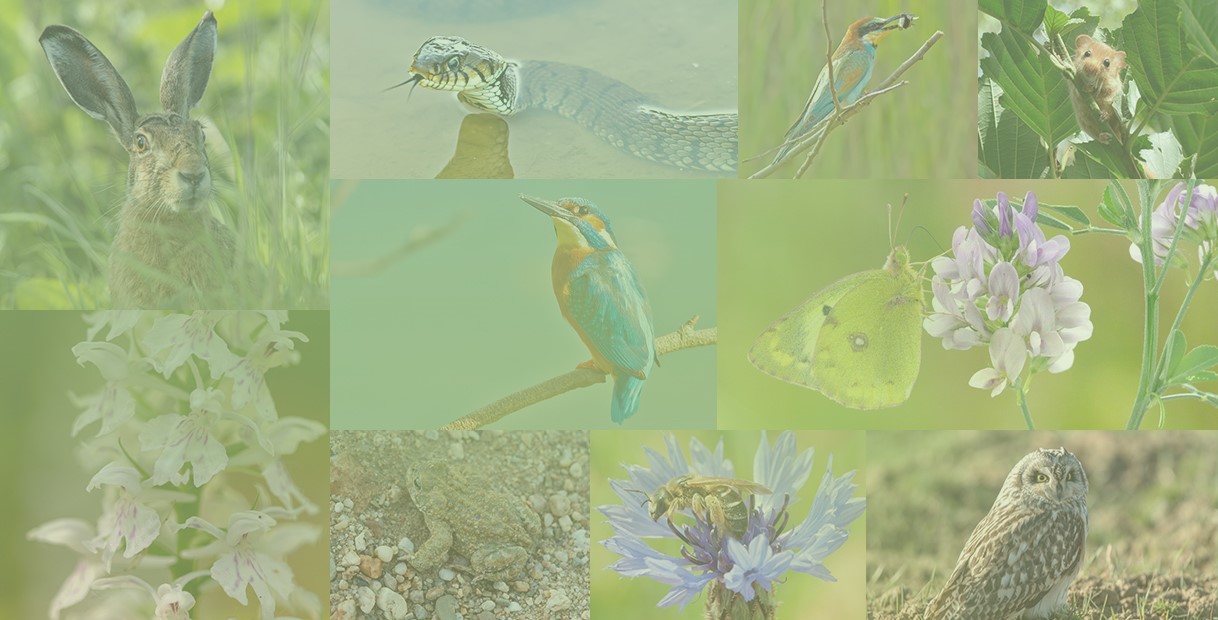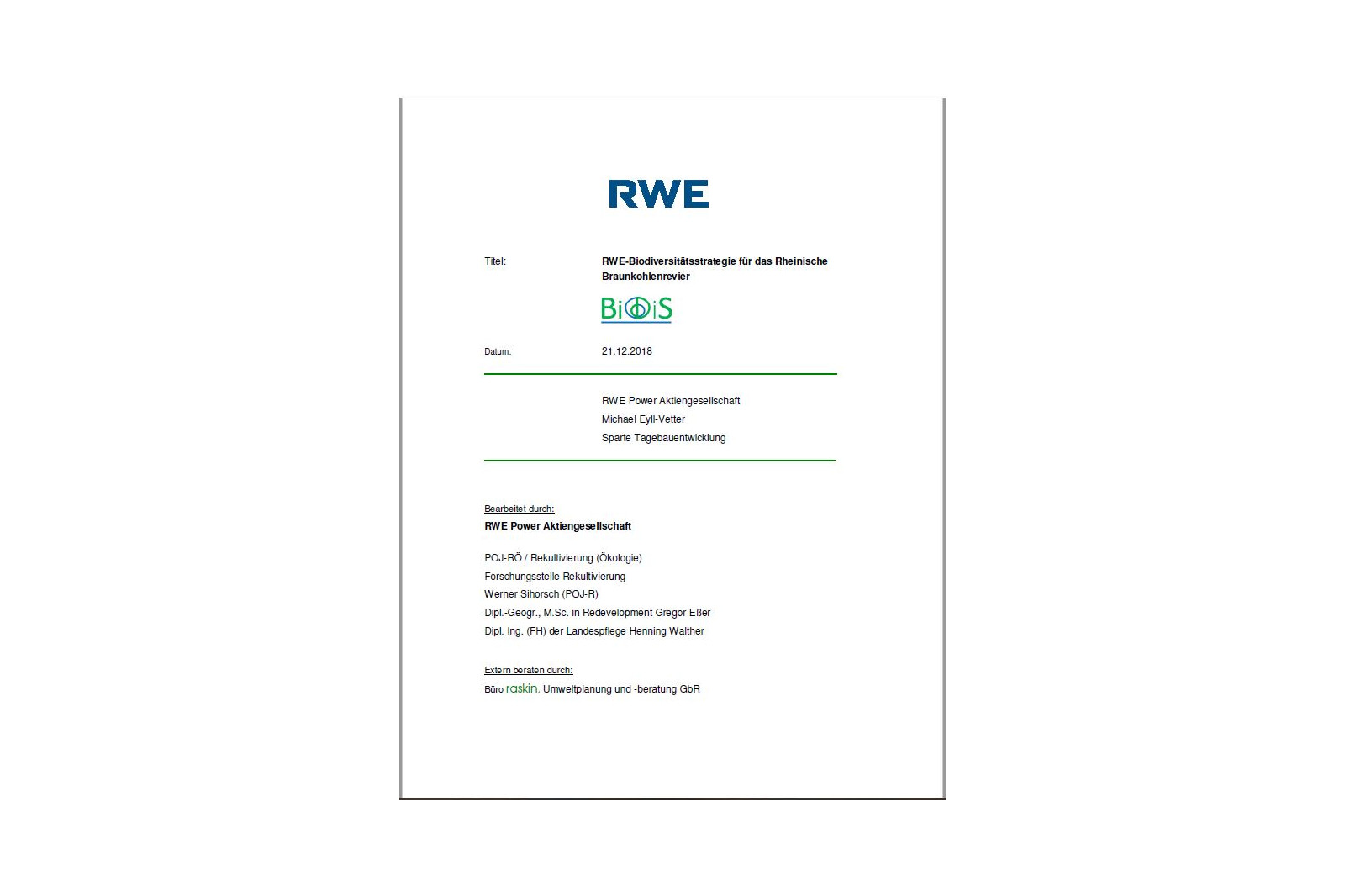
A biodiversity strategy for the Rhenish lignite area (BioDiS) was devised and introduced by RWE Power AG in 2018 based on the general RWE biodiversity policy of 2015 and the IUCN recommendations. Implementing the RWE biodiversity strategy for the Rhenish lignite area (BioDiS) is the responsibility of RWE Power’s Lignite Development division in cooperation with the Recultivation Research Center. We have summarised the strategy approach in a report.
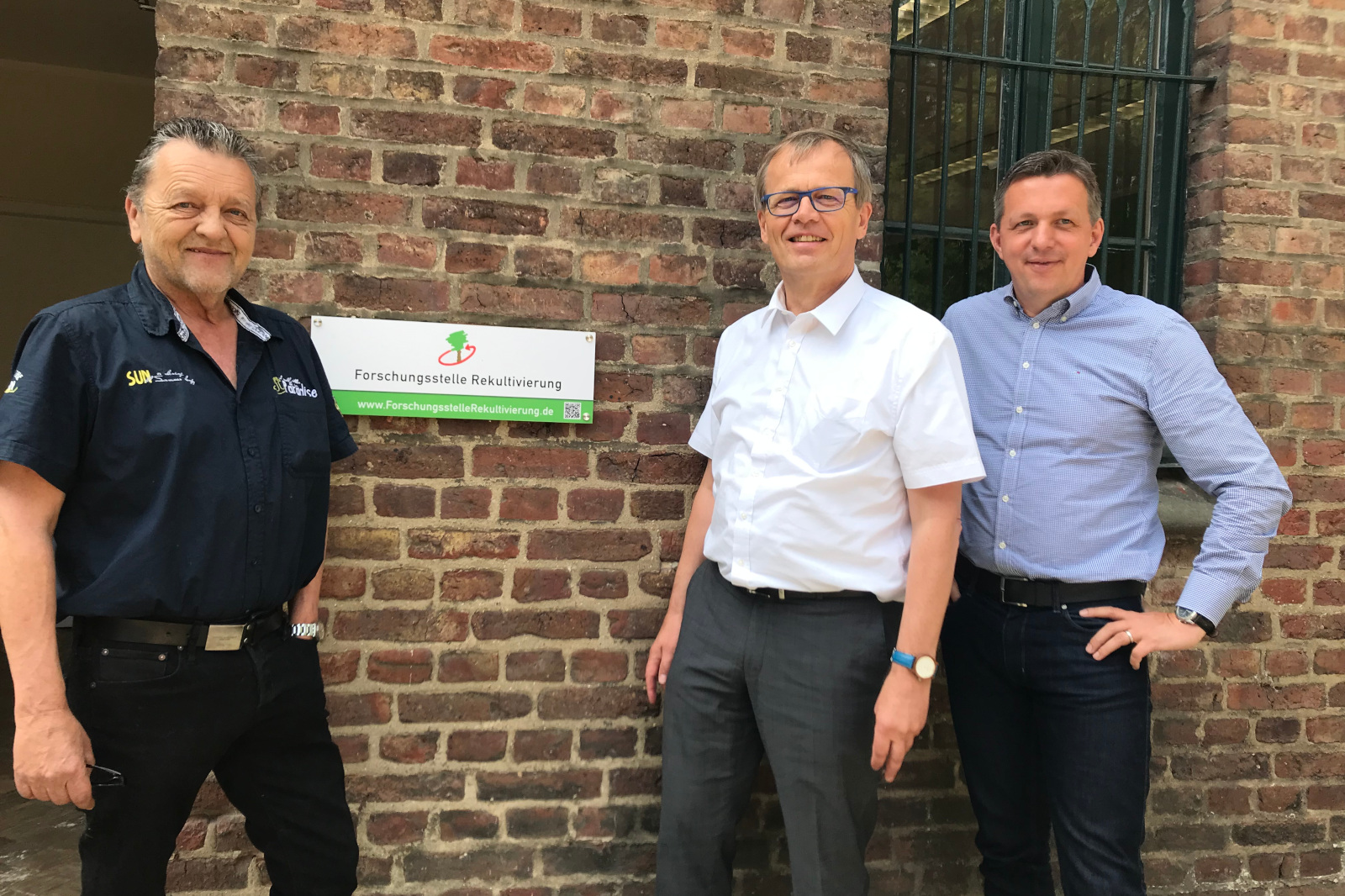
RWE Power and the Recultivation Research Center presented the RWE biodiversity strategy for the Rhenish lignite area (BioDiS) to the public in 2019.
Target species were defined for the forest, open landscape and bodies of water areas of action, and science-based profiles for those species were developed. Appropriate project partners were sought for the projects for each of the target species. Project outlines were also drafted for three flagship projects.
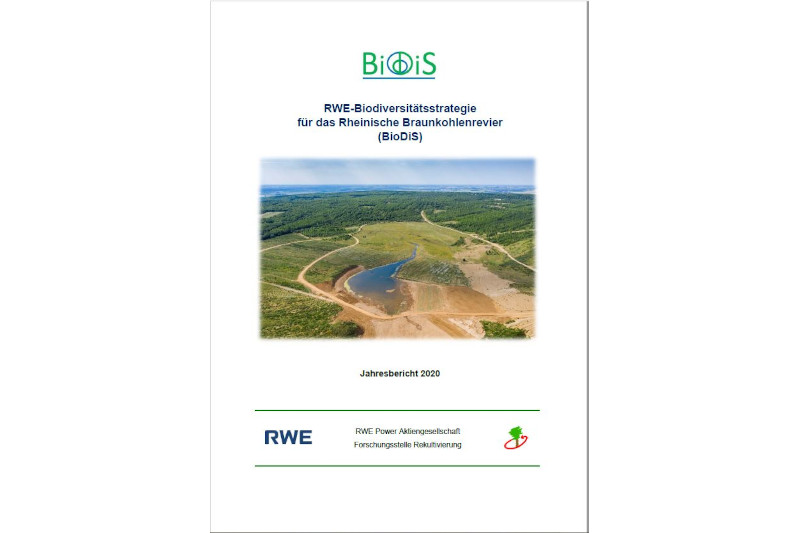
We started conducting baseline surveys for the target species in defined monitoring areas in 2020. Concrete monitoring concepts now need to be developed for the target species, permanent monitoring areas have to be established and the time intervals for monitoring need to be worked out. Concrete implementation of the measures begins this year, accompanied by scientific studies in cooperation with the Bingen University of Applied Sciences over several years. With more than 40 years of experience in environmental protection and biodiversity education, the Bingen University of Applied Sciences is considered a pioneer in the education of environmental engineers in Germany. Interdisciplinary courses of study in the biodiversity management field establish close ties between research and industry. Prof. Dr. Rademacher with his many years of experience at Heidelberg Cement AG is considered an expert for ecology and biodiversity in recultivated landscapes.
We compiled the results of our studies in our 2020 annual report.
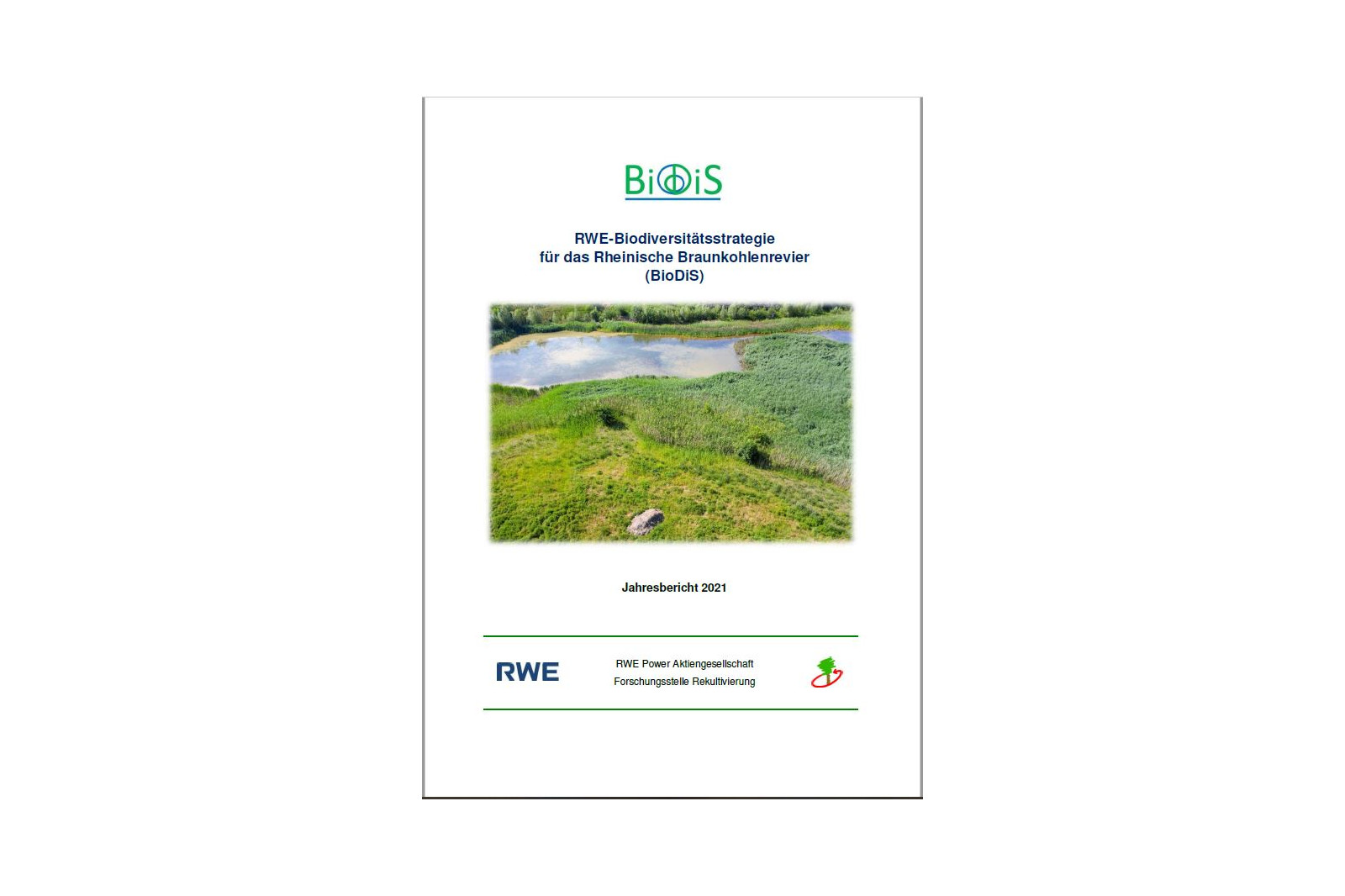
Our projects for the target species of woodpeckers, forest-dwelling bats, butterflies, European hare, corn bunting, wild bees, yellow-bellied toad, agile frog and kingfisher continued in 2021. The implementation of corresponding measures continued and monitoring was conducted. The results are summarised in the 2021 annual report.
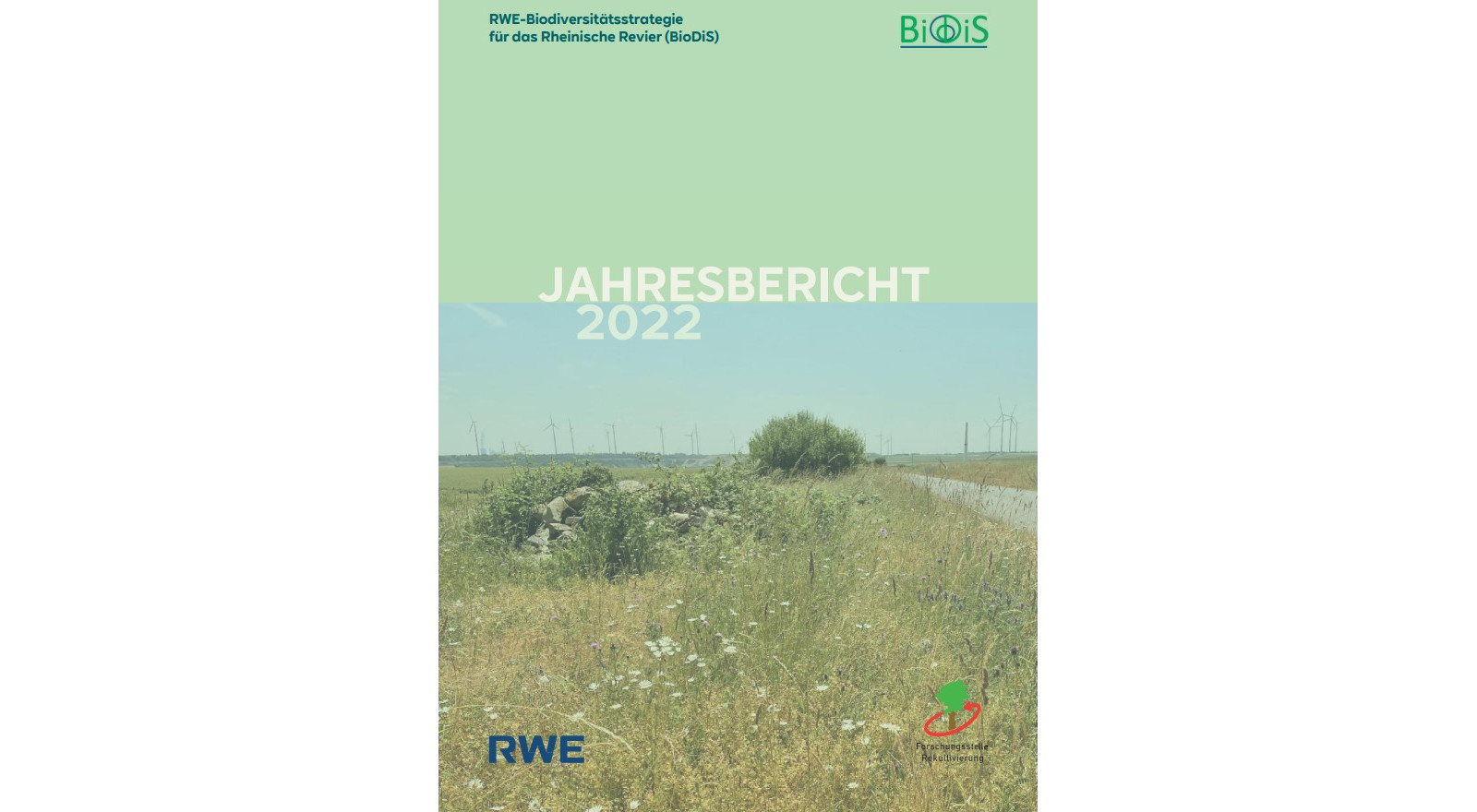
In 2022, biomonitoring was carried out for the following projects: brown hare, corn bunting, wild bees, woodpeckers, butterflies, yellow-bellied toad, and kingfisher. The results are presented in detail in the 2022 annual report.
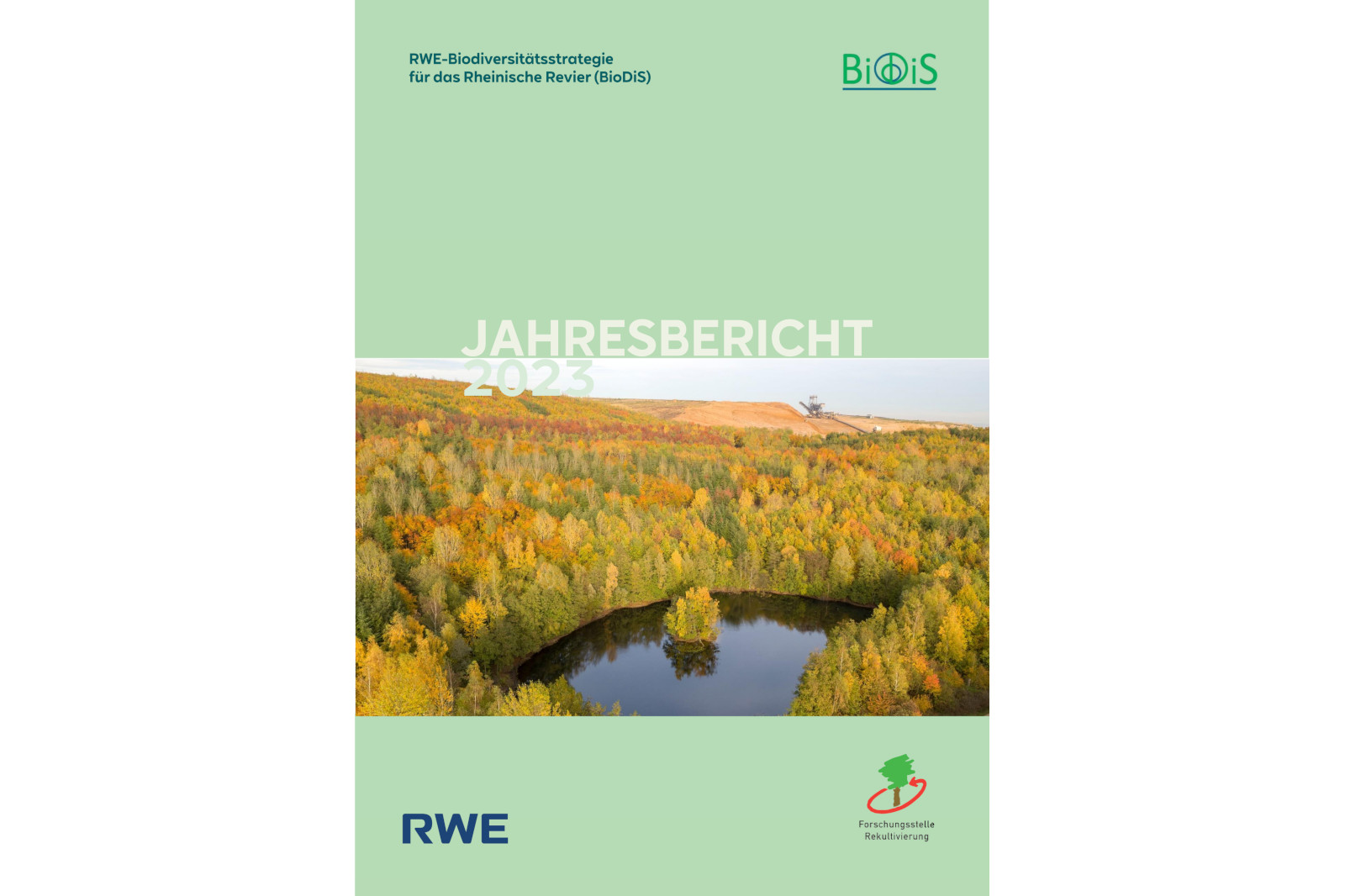
In 2023, biomonitoring was carried out for the following projects: brown hare, corn bunting, orchids, woodpeckers, butterflies, bats, yellow-bellied toad, agile frog, and dragonflies. The results are presented in detail in the 2023 annual report.
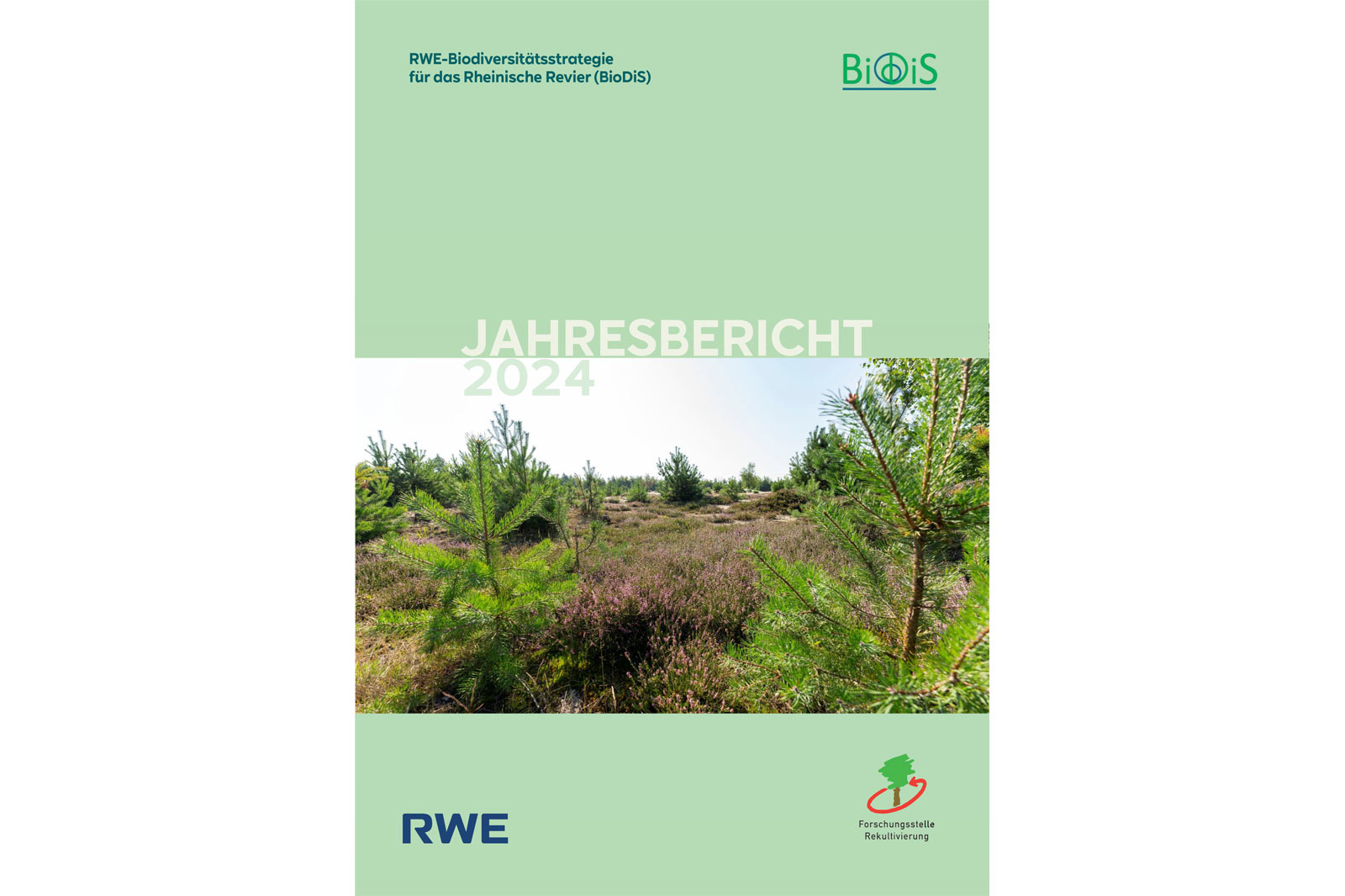
In 2024, biomonitoring was carried out for the corn bunting, woodpecker, butterfly, and yellow-bellied toad projects. The results are presented in detail in the 2024 annual report.


